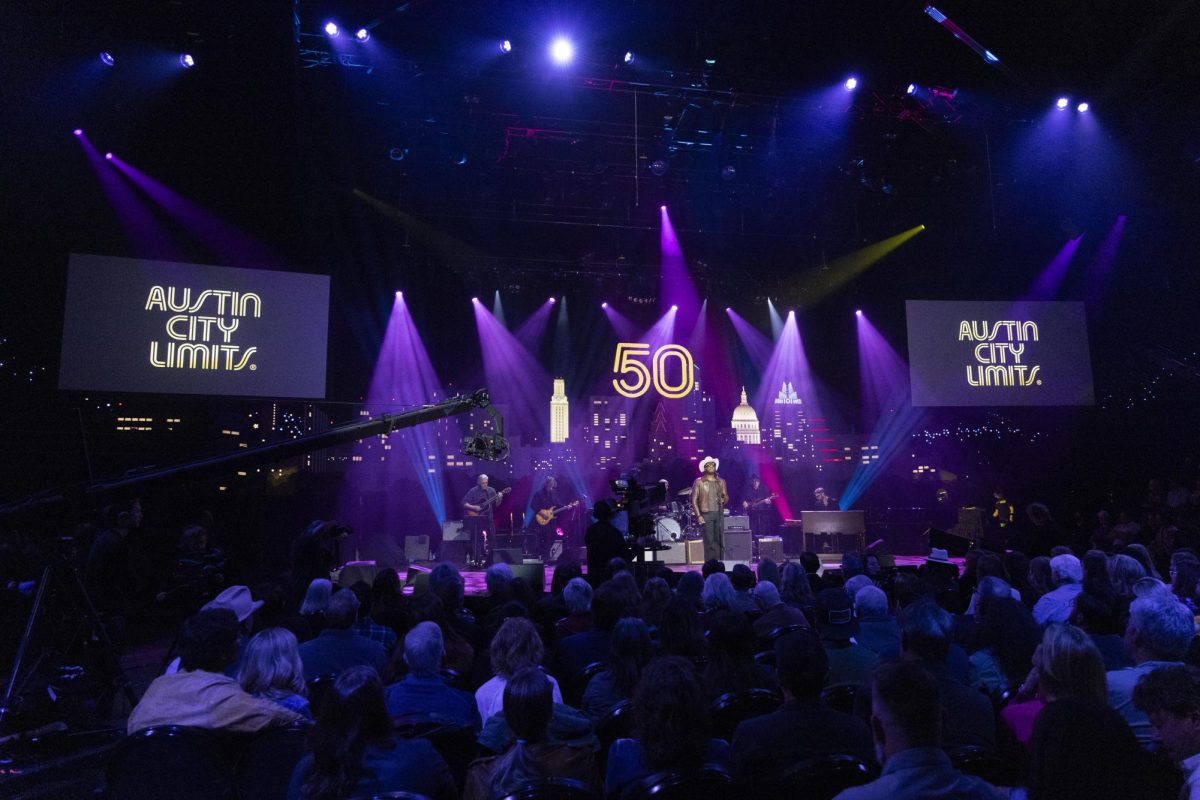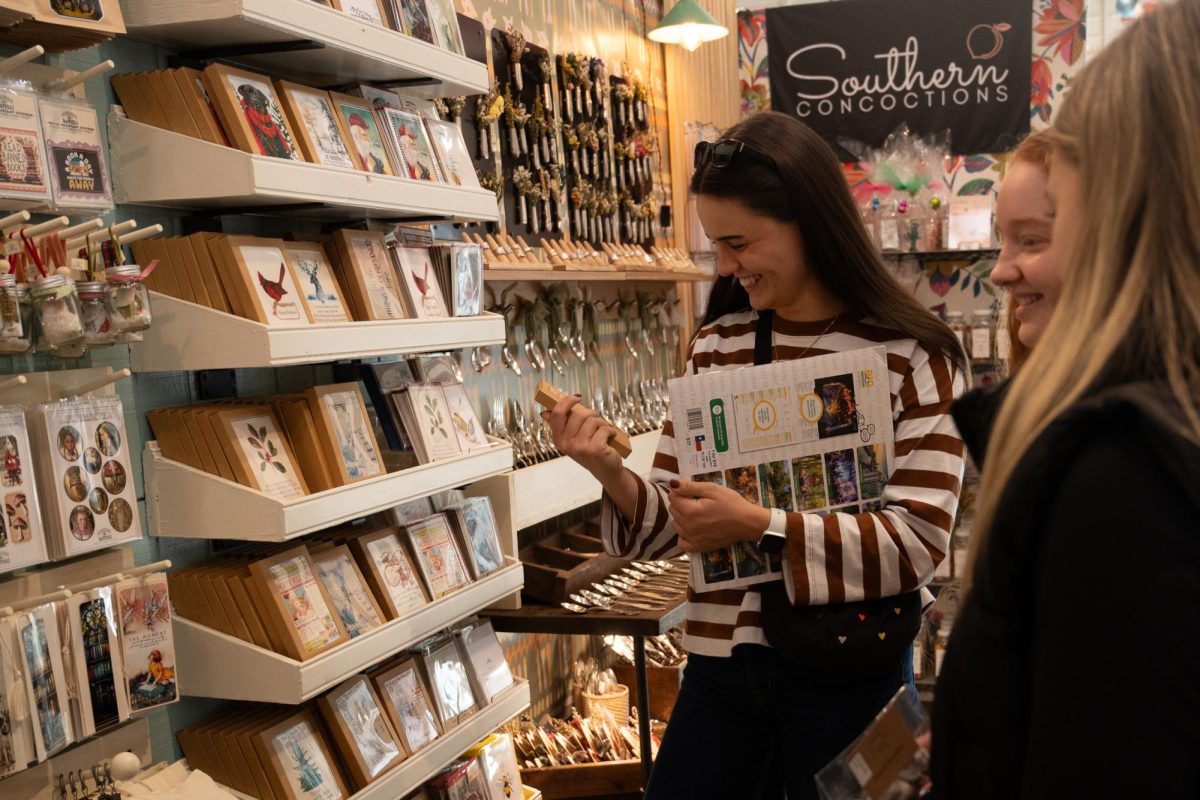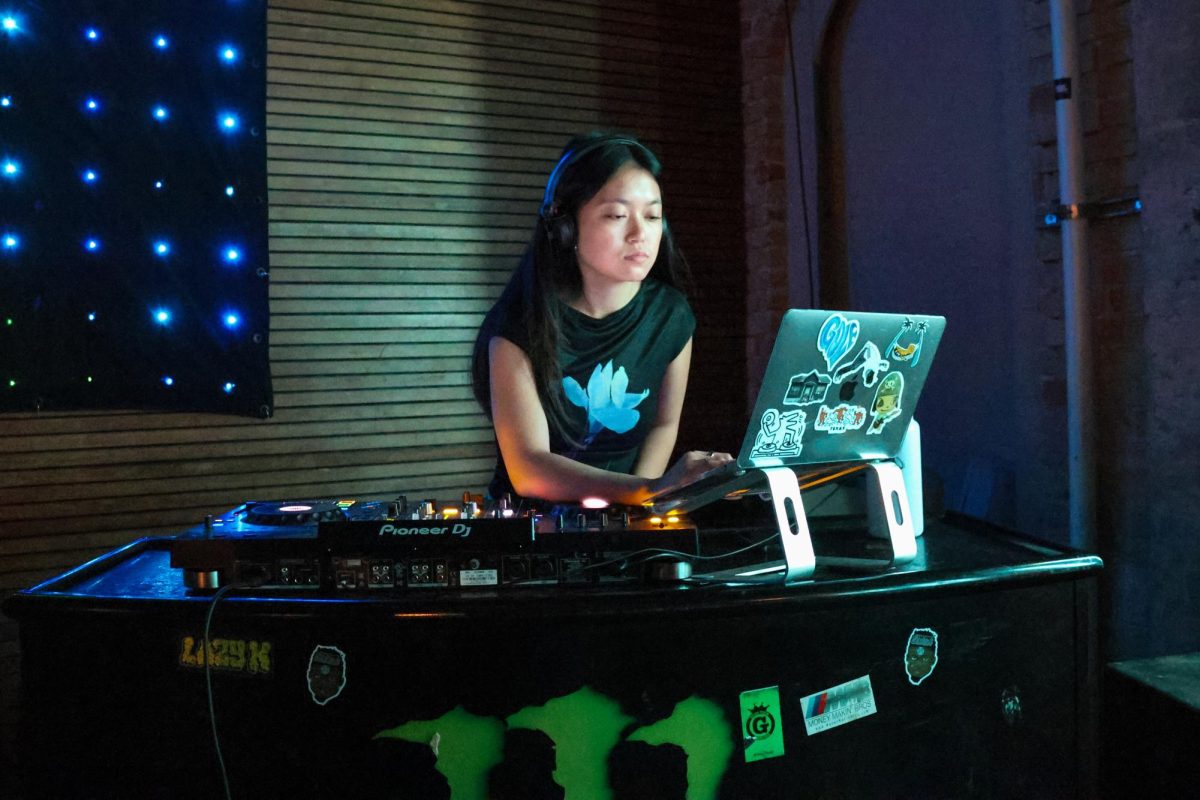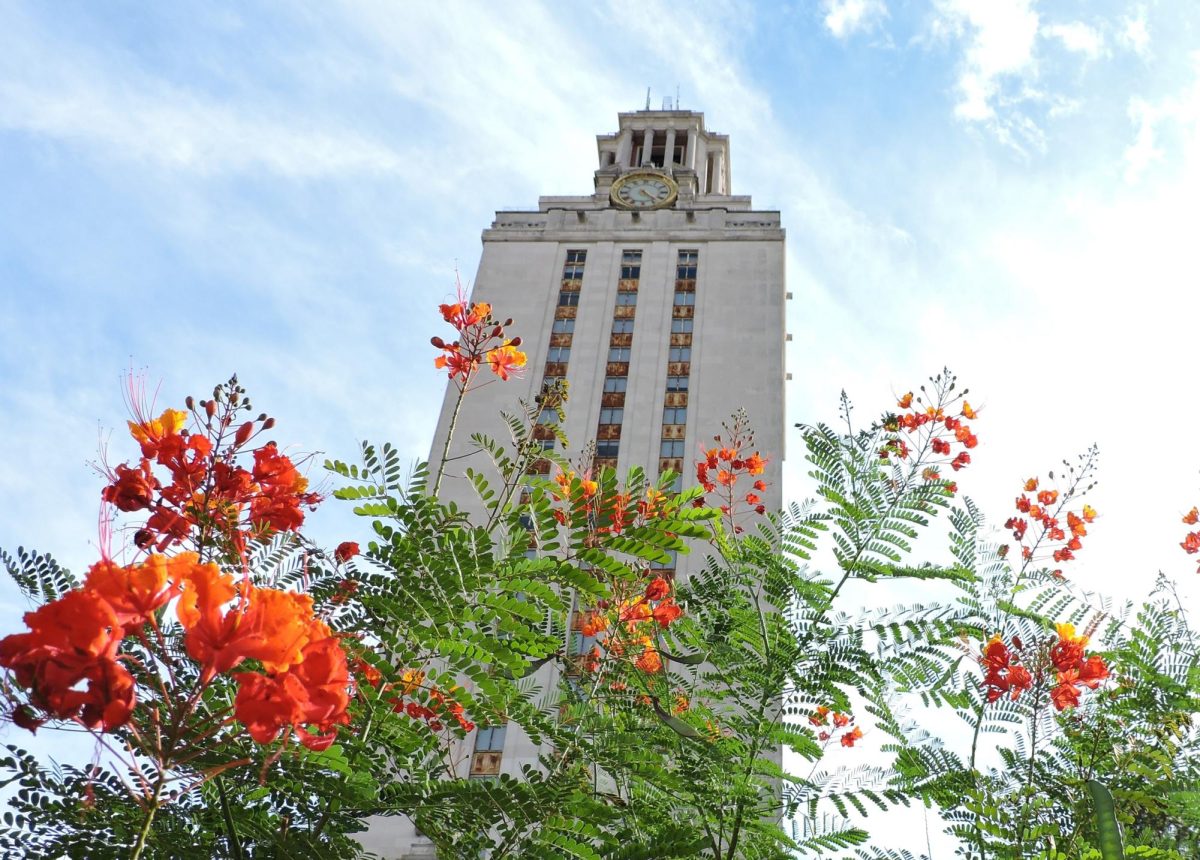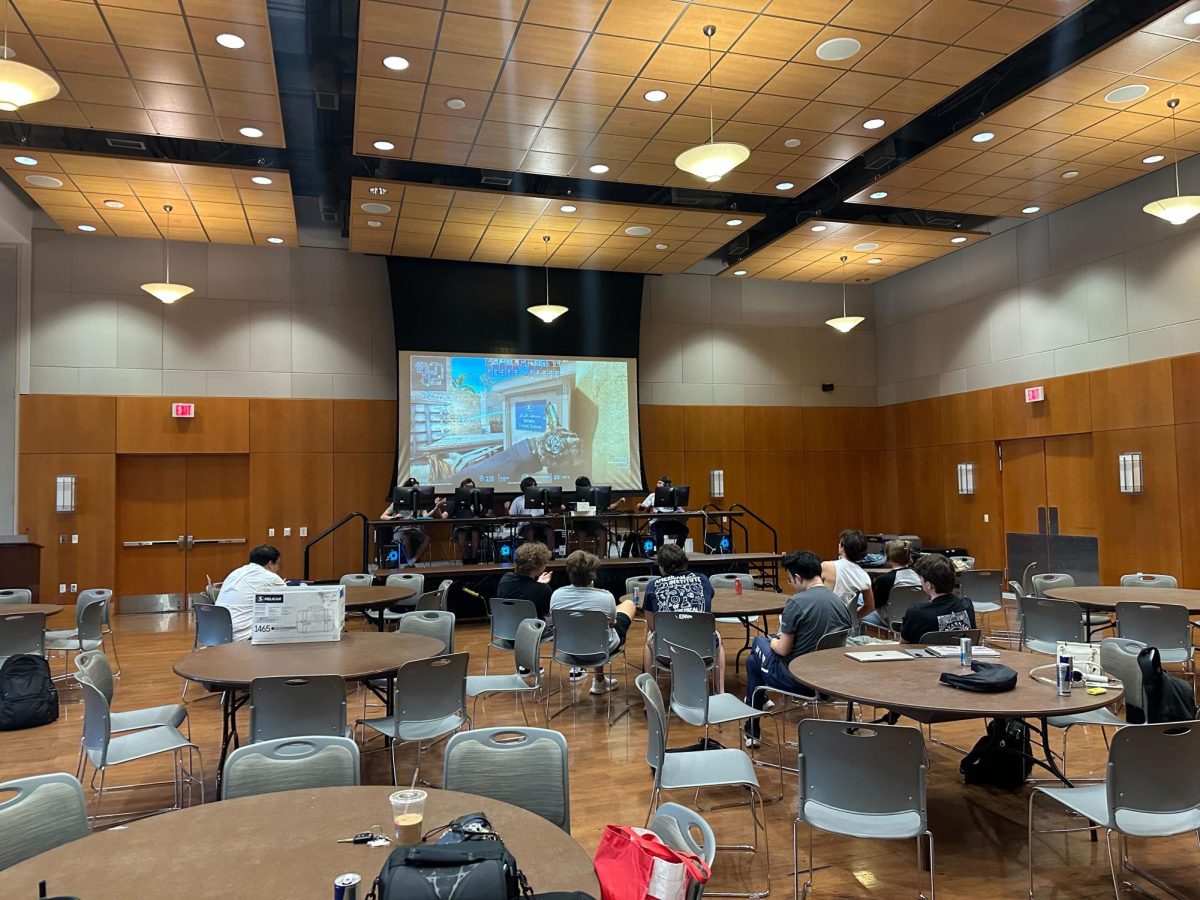Between Batts and Mezes Halls sits a tiny metal sculpture by the artist Willard Boepple. On loan from the Metropolitan Museum of Art, the steel sculpture anchors the tiny courtyard, its curving metal pieces waving statically atop a concrete pedestal. Like most abstract sculpture, it is hard to tell what, if anything, the sculpture is actually depicting, and the title, “Eleanor at 7:15,” gives precious few clues.
Last Saturday, I found myself staring at Eleanor, whatever she may be, along with 10 other sculptural pieces on the UT campus that are part of the Landmarks public art collection. My journey, which took me from the Main Building to the AT&T Center and back again, was part of an attempt to resurrect a Saturday afternoon date, the previous plans for which had been decimated by a look at the far-too-low number in my bank account.
But, as a presentation I attended last Thursday night by Landmarks external affairs coordinator Jennifer Modesett reminded me, the UT campus has a lot to offer in the way of free art. Could touring the public art collection at UT be a cost-free date alternative to dinner and a movie? In any case, it sounded fancier than a day spent watching Hulu on the couch. I resolved to rope in my significant other and give touring the campus art collection a try.
Our tour started in the halls of Main on a Saturday afternoon. A few lone tourists snapped pictures on smartphones, but none stopped to admire the two works of art my date and I visited in the tower. I don’t blame them: I barely noticed them myself.
The first, “Harmonious Triad,” by Beverly Pepper, sits just inside the double doors of the Main Building. Like most of the sculptures featured in the Landmarks collection, the sculpture is abstract, and like many of the pieces, it is made entirely of metal. Upstairs in the Life Sciences Library, the striated marble of Walter Dusenbery’s “Pedogna” prompted a healthy debate between my date and I over which sculpture fit which space better. So far, so good.
At “Eleanor at 7:15,” my date and I ran into the first potential problem with viewing public art: it may put you in another person’s campus hideaway. As we took guesses as to what Eleanor could represent (I said vagina, the landmarks application said a young child and my date remained purposefully noncommittal), I kept glancing at the lone guy reading by the base of the statue, hoping that our Saturday recreation wasn’t disturbing his. We ran into the same problem viewing the Landmarks piece in the AT&T Center, where we looked decidedly out of place roaming the courtyard while actual guests with actual cash on hand chatted with
the concierge.
Our self-guided tour ended with the six Landmarks works housed in and around the PCL, not because we had viewed all of the pieces on campus (there are more than two dozen of them) but because the setting sun and a nagging laziness kept us from wanting to walk to the pieces housed in Bass Concert Hall. In the back reading room of the PCL, fluorescent lighting, torn magazine copies and students munching on fast food surrounded three haunting, hulking sculptures by the artist Seymour Lipton. The art, though intriguing and beautiful, was clearly not a priority for the students in the PCL, and my date and I couldn’t help but be brought down by the scene of students studying on a Saturday.
The end verdict? Cruising campus saved us cash, but trudging through the Forty Acres with a map and an agenda felt like attending class. The Landmarks collection has some beautiful art, but it’s best enjoyed in a quiet moment between classes. Next time you see Eleanor, tell her I said hello — but don’t visit her for a date night.

